Six Return to Real World After Four Months on 'Mars'
The crew has been cooking with dehydrated food that doesn't need refrigerating.
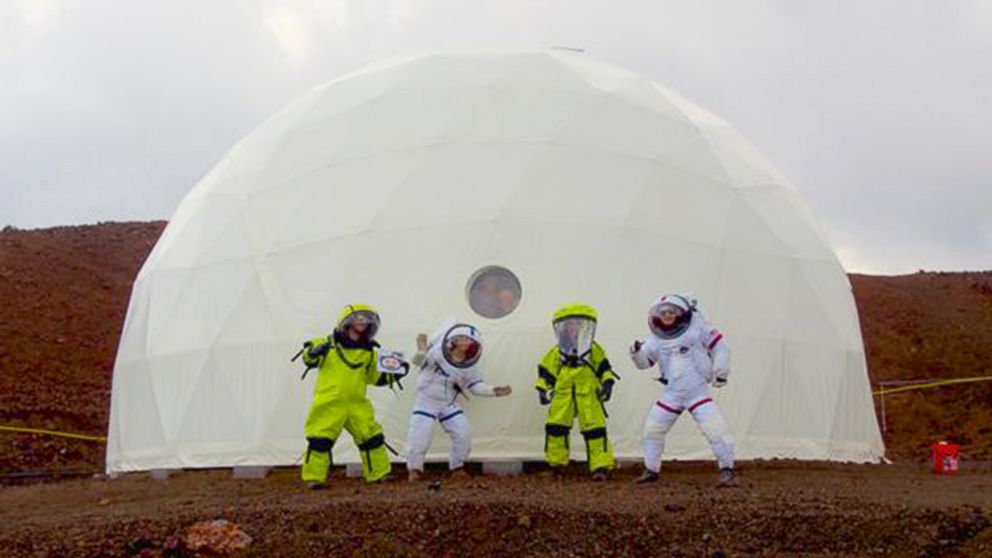
— -- Six researchers who have been living in a mock-up Mars habitat on a Hawaiian volcano returned to the real world today, feeling a breeze and hearing birds for the first time in four months.
The second Hawaii Space Exploration Analog & Simulation mission, known as HI-SEAS, ended 120 days of the Red Planet exploration on Hawaii’s Mauna Loa volcano.
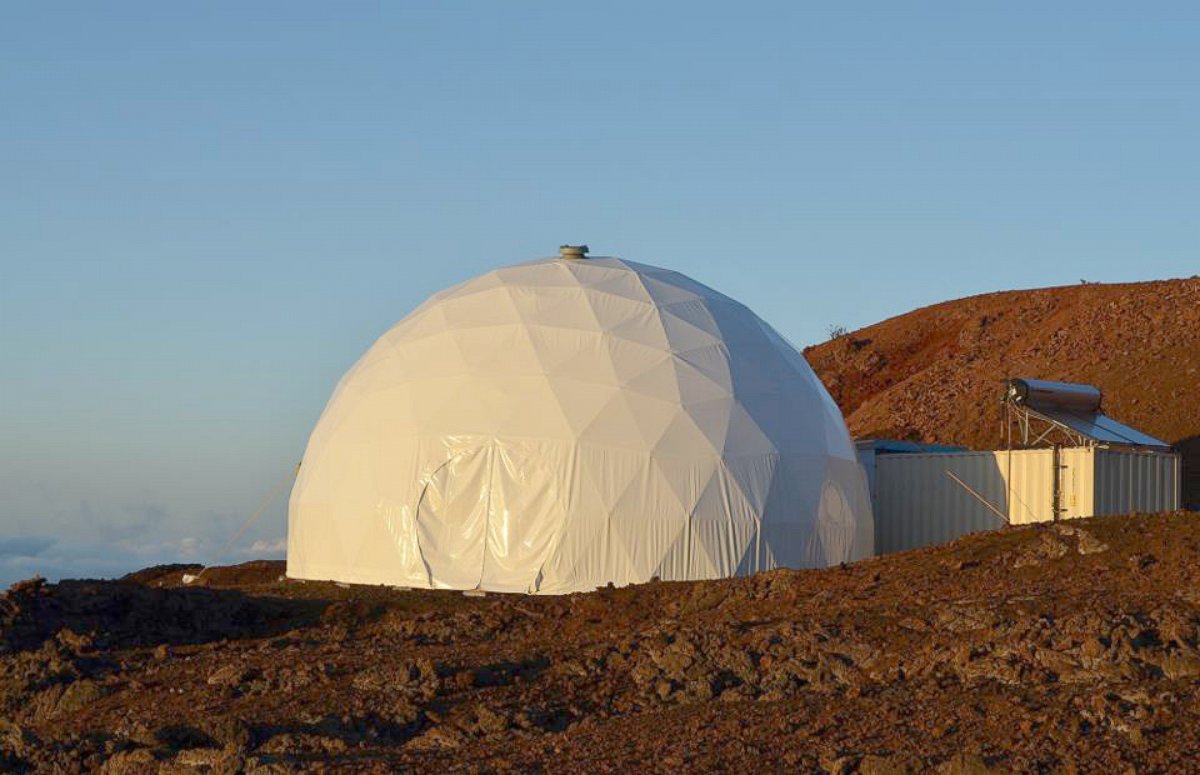
Expedition leader Casey Stedman and his five crew members have been living inside their 1,000-square-foot solar-powered dome, which includes common areas such as kitchen, dining room, bathroom with shower, lab and exercise space.
“I haven’t seen a tree, smelled the train, heard a bird, or felt wind on my skin in four months,” Stedman posted on his Instagram account.
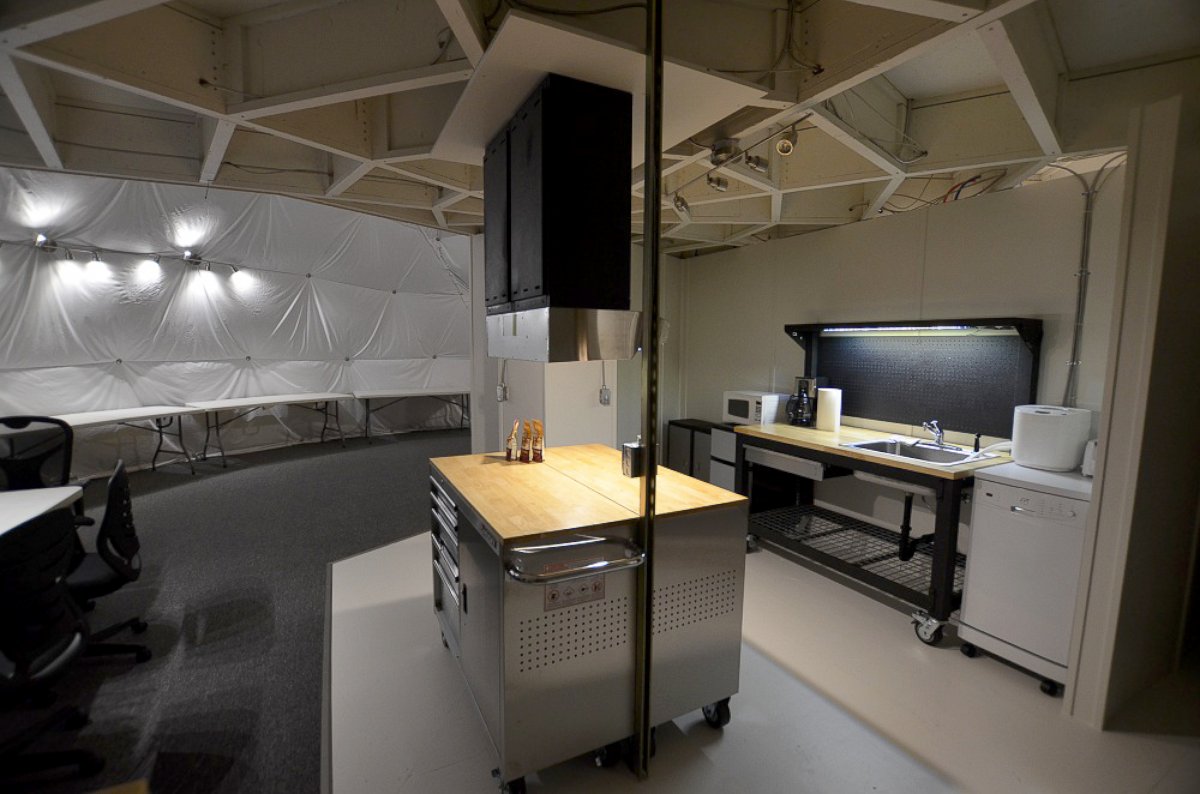
The crew have been cooking with dehydrated food that doesn’t require refrigerated food and venturing out of the dome only for simulated spacewalks in mock spacesuits.
“It’s really great to taste fresh fruit and vegetables again,” Stedman told ABC News today.
“The main purpose of the project is to learn about the problems that might occur to crew members if they went to Mars,” Kimberly Binsted, principal investigator of the project, told ABC News.
Binsted said crew members have to deal with disagreements and conflicts with each other, and solve depression and anxiety.
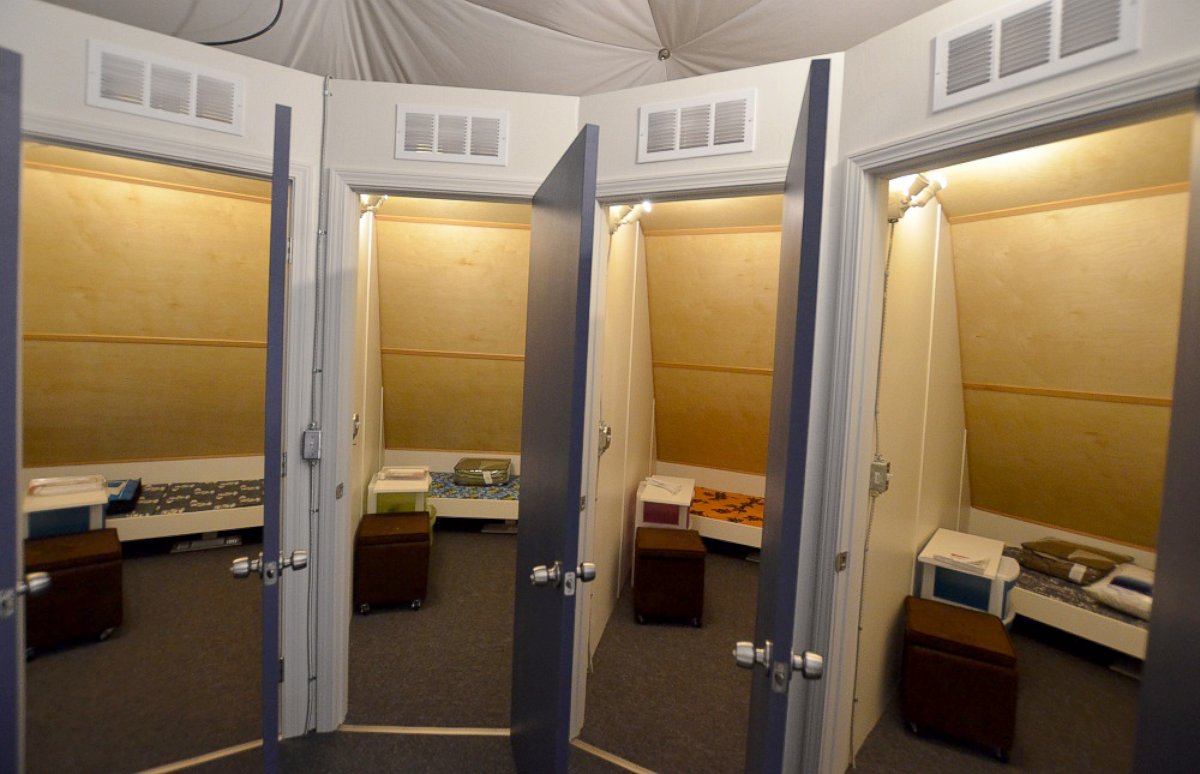
“It’s not like if you have a problem with someone, you can go out for a run in a park on Mars,” Binsted said. “You have to get along with each other in a very small space.”
Not only were the members confined physically, they can’t surf the internet to kill time either.
“Communication with the outside world has a 20-minute delay each way,” Binsted said. “So one click on the internet will take 40 minutes to refresh.”
Binsted said one of the technology tested in the past four months is a device that detects the voice and proximity between two crew members.
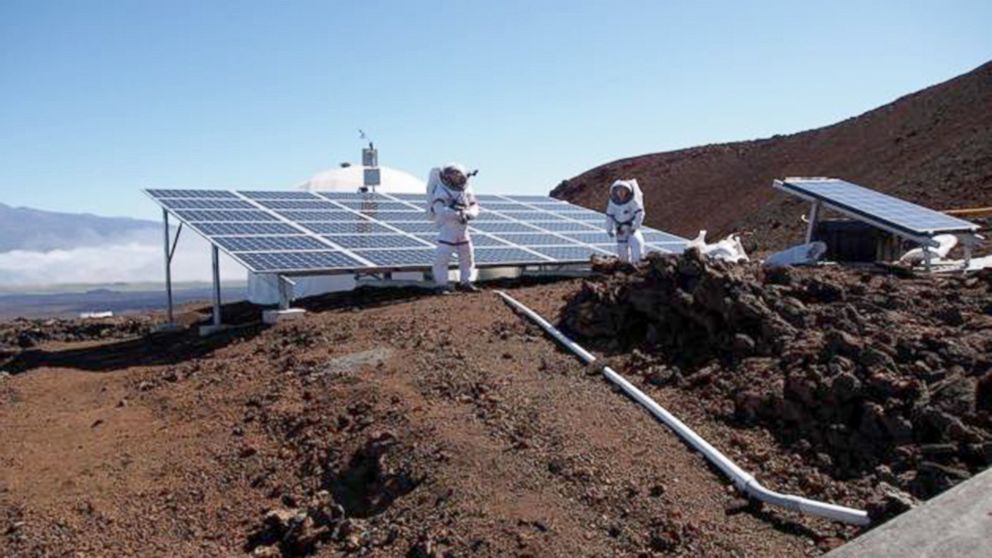
“It was a really good experience,” Stedman said. “The first thing I wanted to do after I come outside was to squint.”
“We had little direct contact to the sun in the past four months,” Stedman said. “We wear our spacesuits when we go out, and the masks cover most of our face.”
“There weren’t really altercations among the crew,” Stedman said. “But even in a family vacation, you disagree with someone over something.”
Stedman said most disagreements were about procedures to get things accomplished.
“We all come from different backgrounds, so we have different interpretation of data,” Stedman said.
Stedman said he found sun dried tomatoes taste really good with mustard during the past four months.
“We have the dried and ground tomato powder,” Steadman said. “You can make a paste out of it.”